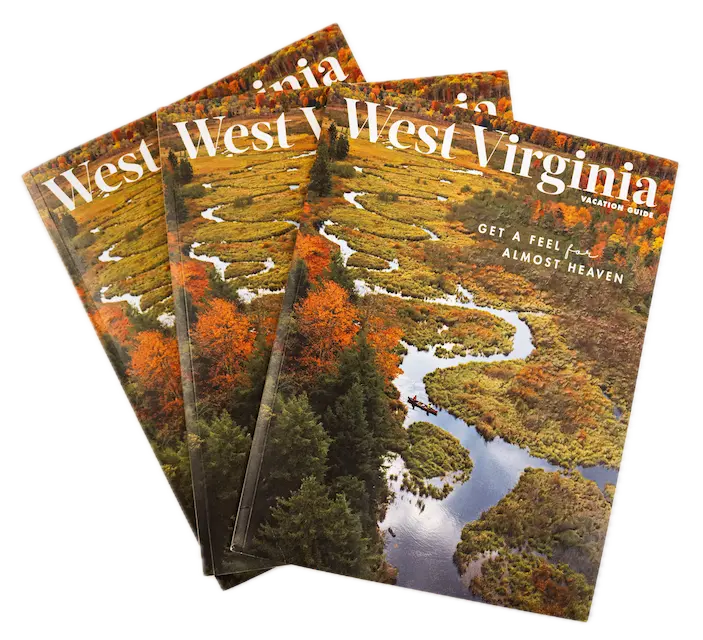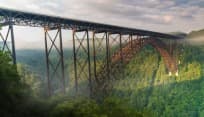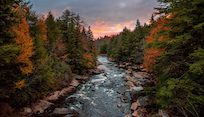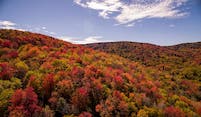There’s actually plenty to hear in the US’s largest “Quiet Zone”
Eastern West Virginia is home to the nation’s largest “quiet zone.”
When was the last time you heard only the rustle of the breeze in the leaves, the crackle of the campfire, the drizzle of raindrops or the call of birds and animals? You can hear all these sounds and more in the quiet zone, which really isn’t so quiet once you start listening. Major publications like Thrillist and Travel + Leisure recognized this for being one of the quietest places in the country.

The Quiet Zone was enacted to reduce radio wave interference for the Green Bank Telescope. Almost 500 feet tall and weighing in at about 17 million pounds, it’s one of the largest objects on the earth. The Green Bank Telescope picks up radio transmissions from outer space, and even the tiniest interference can make it impossible to decipher what those radio waves from space mean. No cell phones and no wi-fi make this part of West Virginia truly unique in the modern world.
The Quiet Zone didn’t just restrict the type of communication in the area, it limited development, and as such, the uninterrupted forest surrounding the Green Bank Telescope is a great home for a large variety of plants, animals and bird life. The forests surrounding the Green Bank Telescope are home to:
- 78 species of amphibians and reptiles
- 200 species of birds
- 60 species of mammals
On any given night in the quiet-zone, you can tune-in your ears to the sounds of the forest.
Here are some of the common sounds you are likely to hear:
American Bull-Frog
These are the largest frogs in West Virginia, at longer than 7 inches. Bull-frogs have a distinct appearance and call: 3 deep and low monotone notes. Males establish territory by ponds and waterways, and can be heard calling all summer long.
Great Horned Owl
The great horned owl is the most common owl in the Western Hemisphere. This large ear-tufted owl has a distinct call of ‘who, who, who,’ with males and females using different pitches.
Coyotes
Coyotes are very verbal and have many different types of calls. The most distinctive sound of the coyote is their howl, but they can also bark, growl, whine and yip.
Cicada
The sound most often associated with summer nights is the distinctive chirping and buzzing hum of the cicada.
What have you heard in the radio silence around Green Bank?
Explore things to do in the quiet zone >
Explore things to do in the quiet zone >
This post was last updated on August 29, 2023








